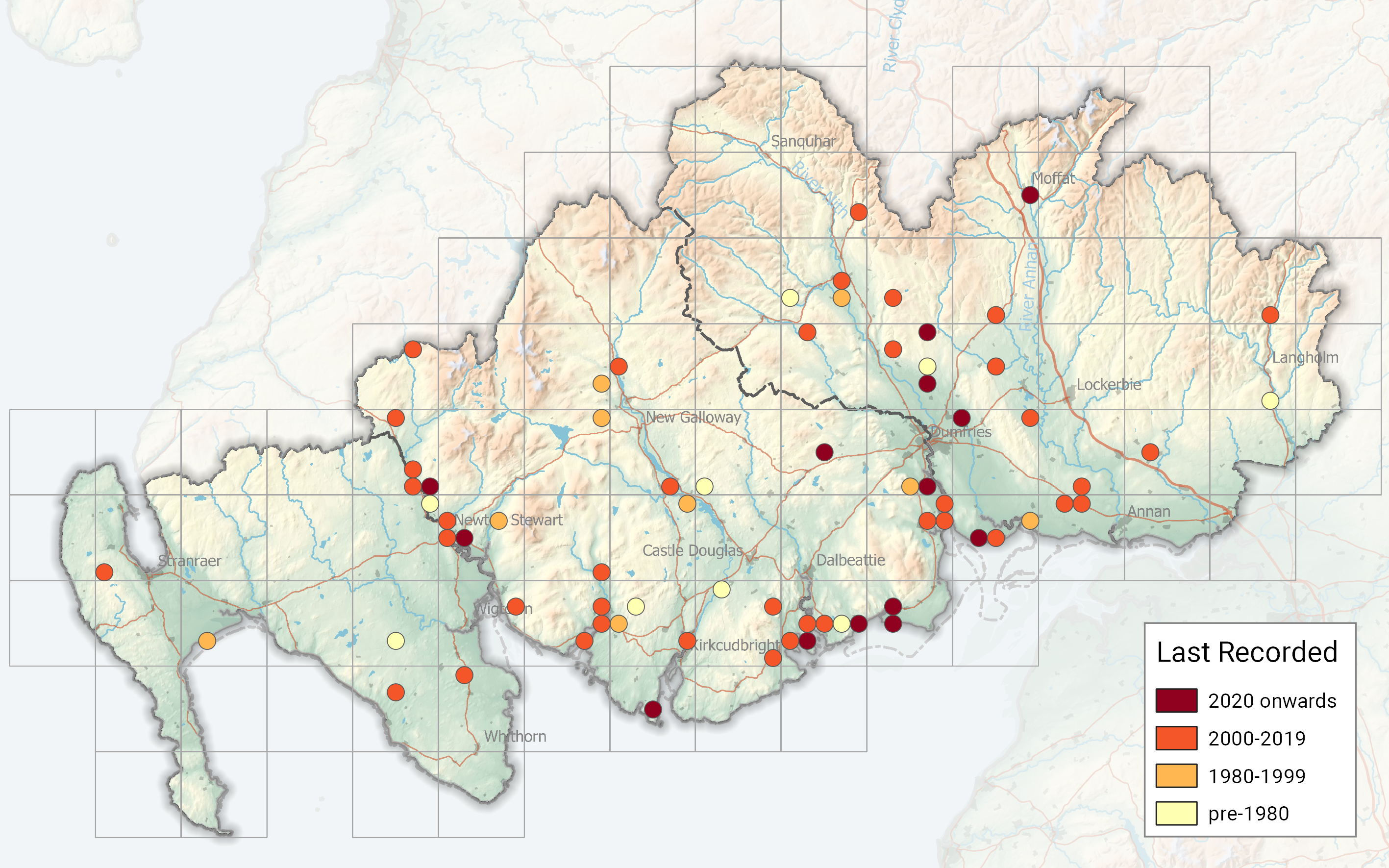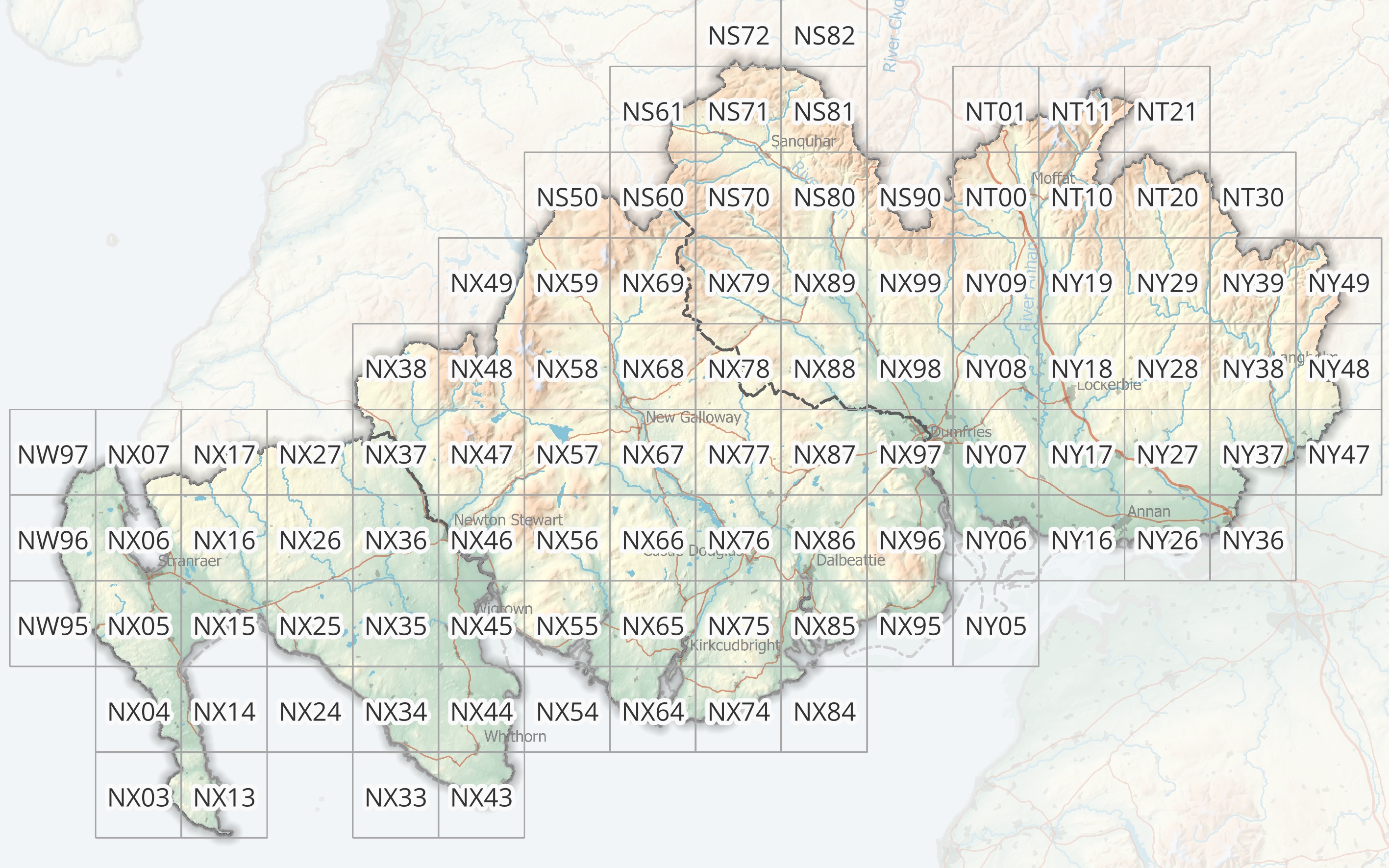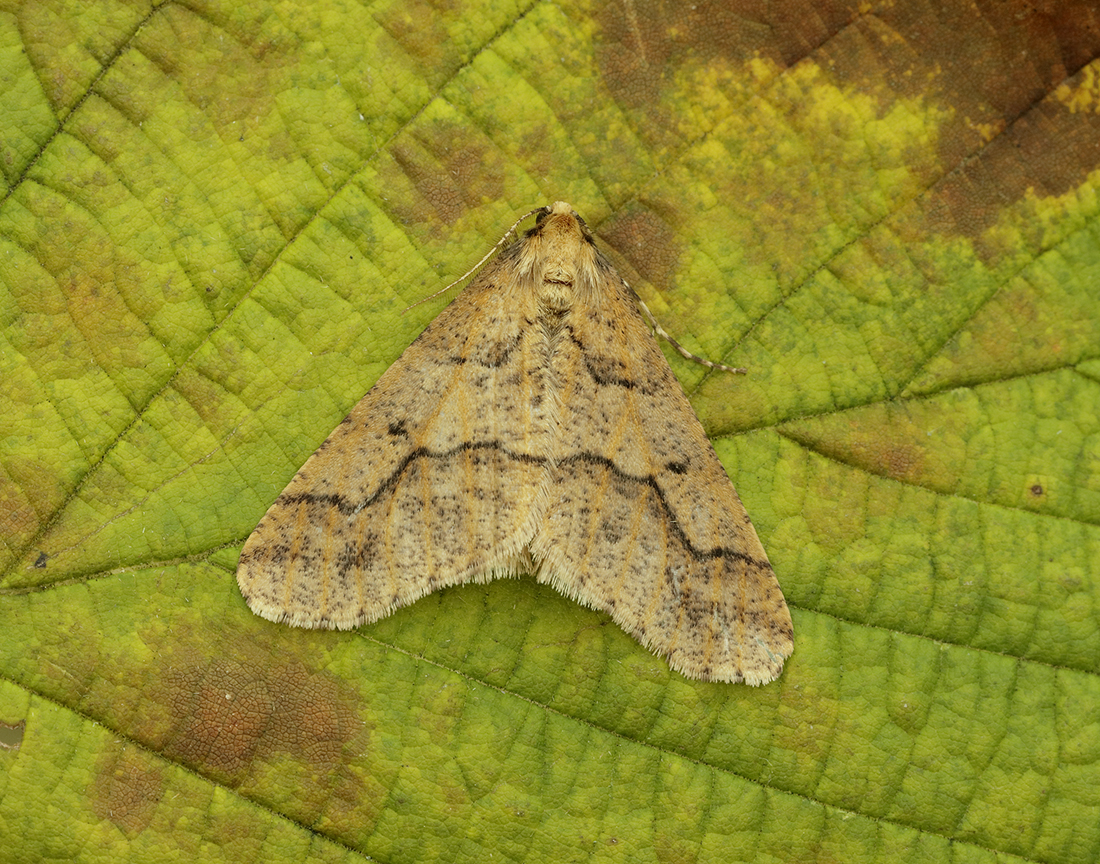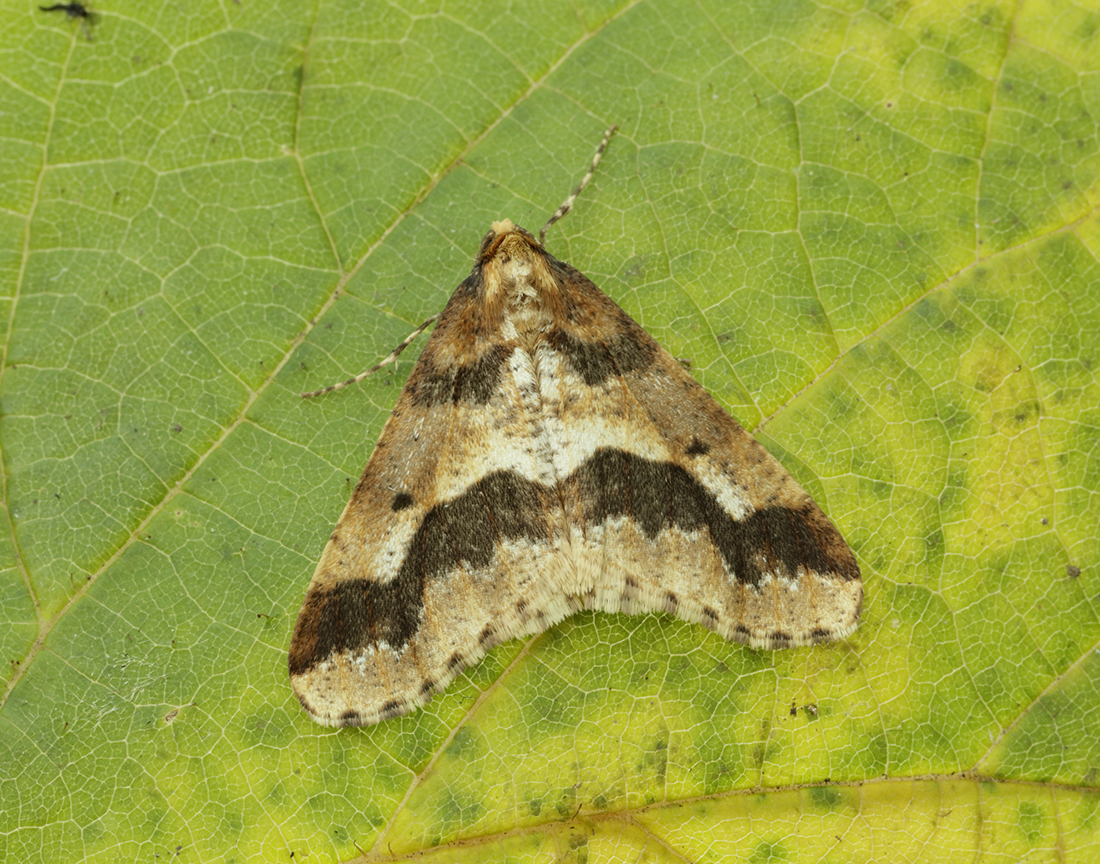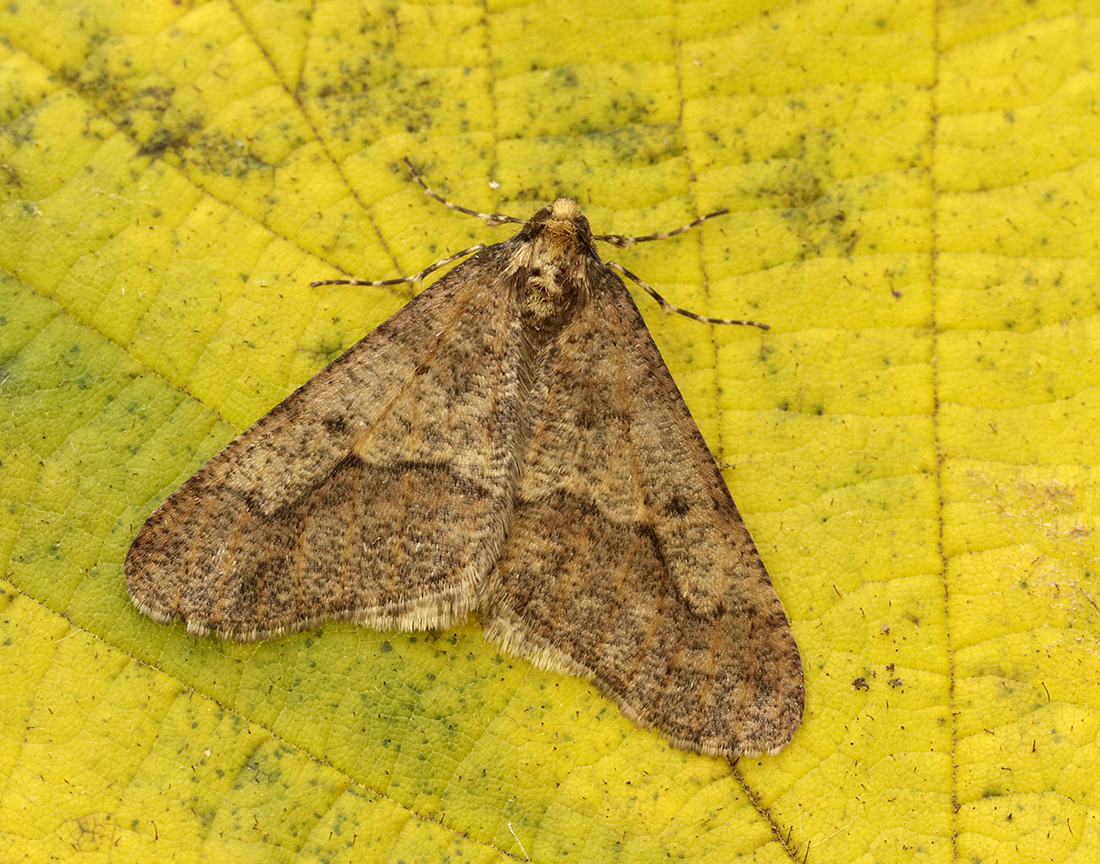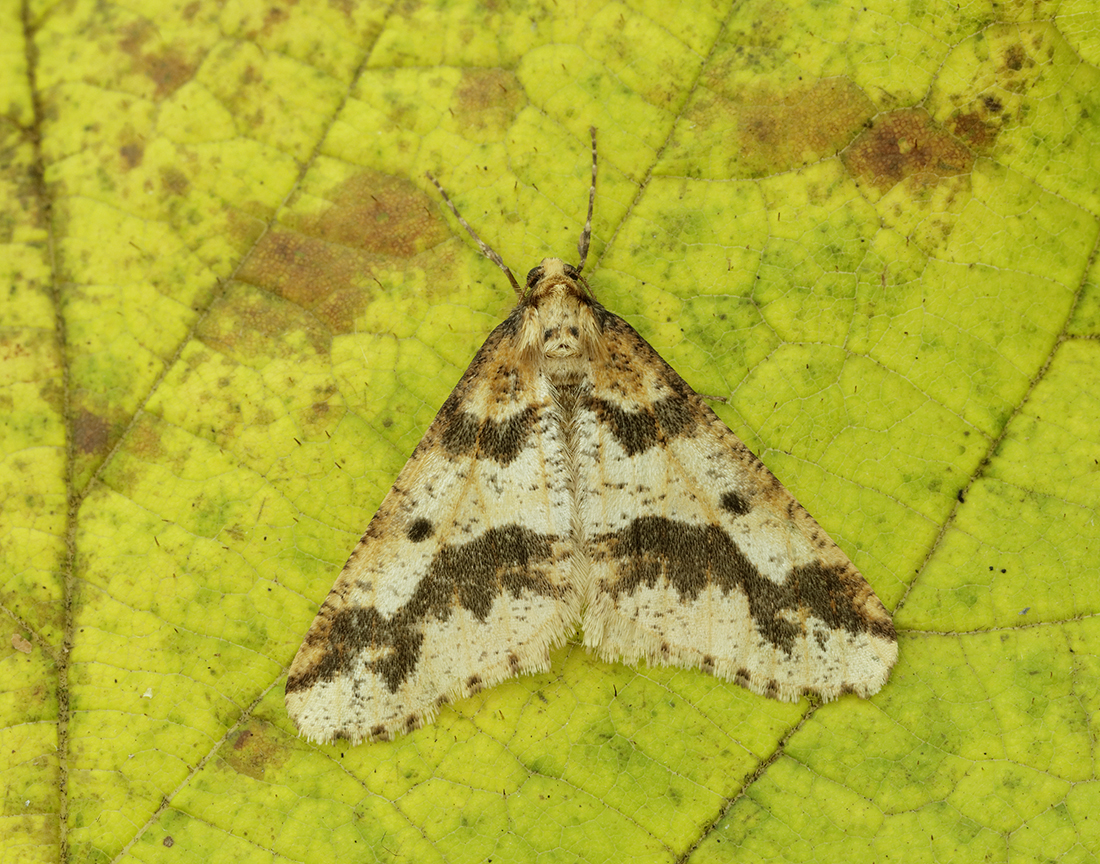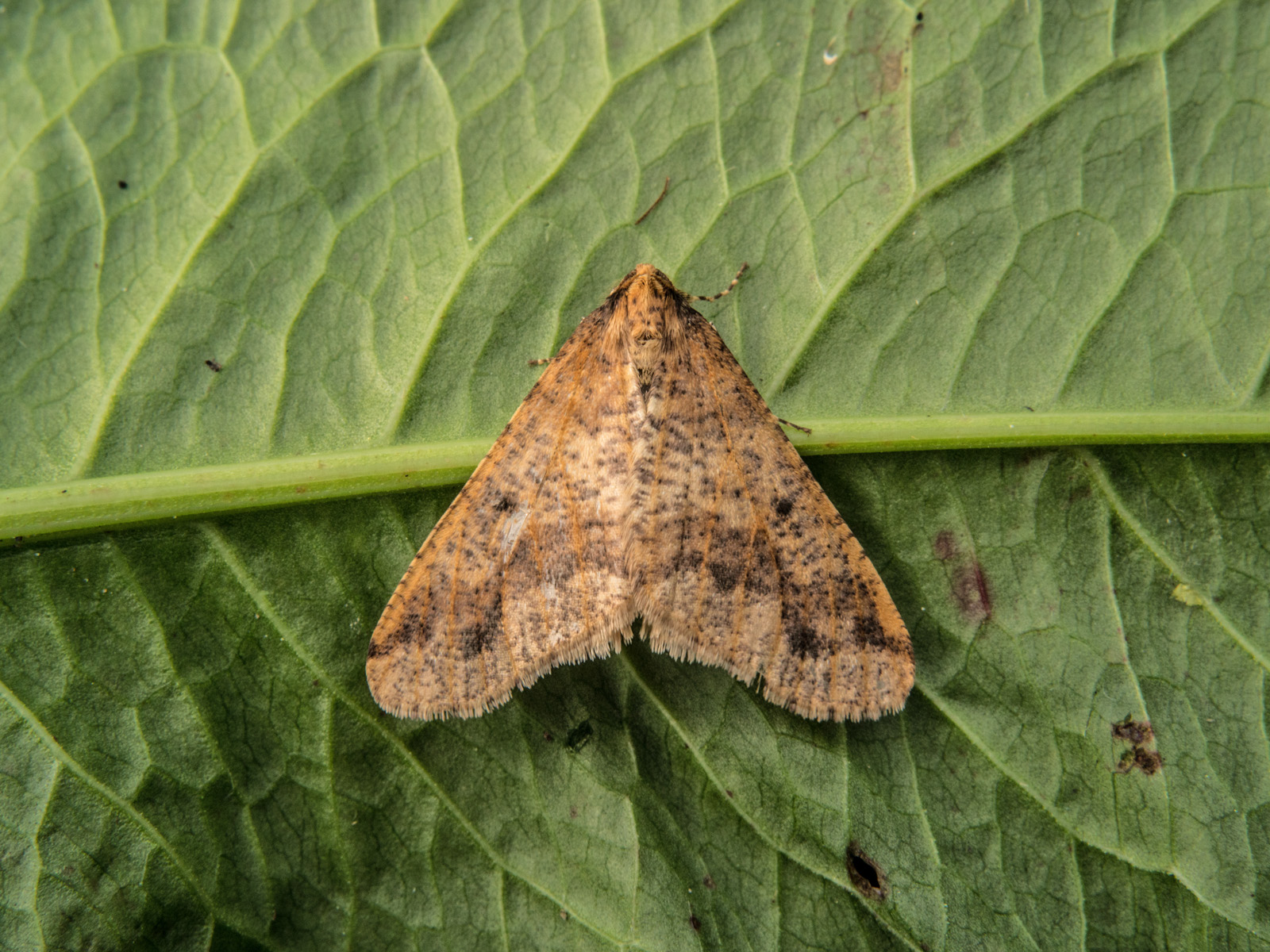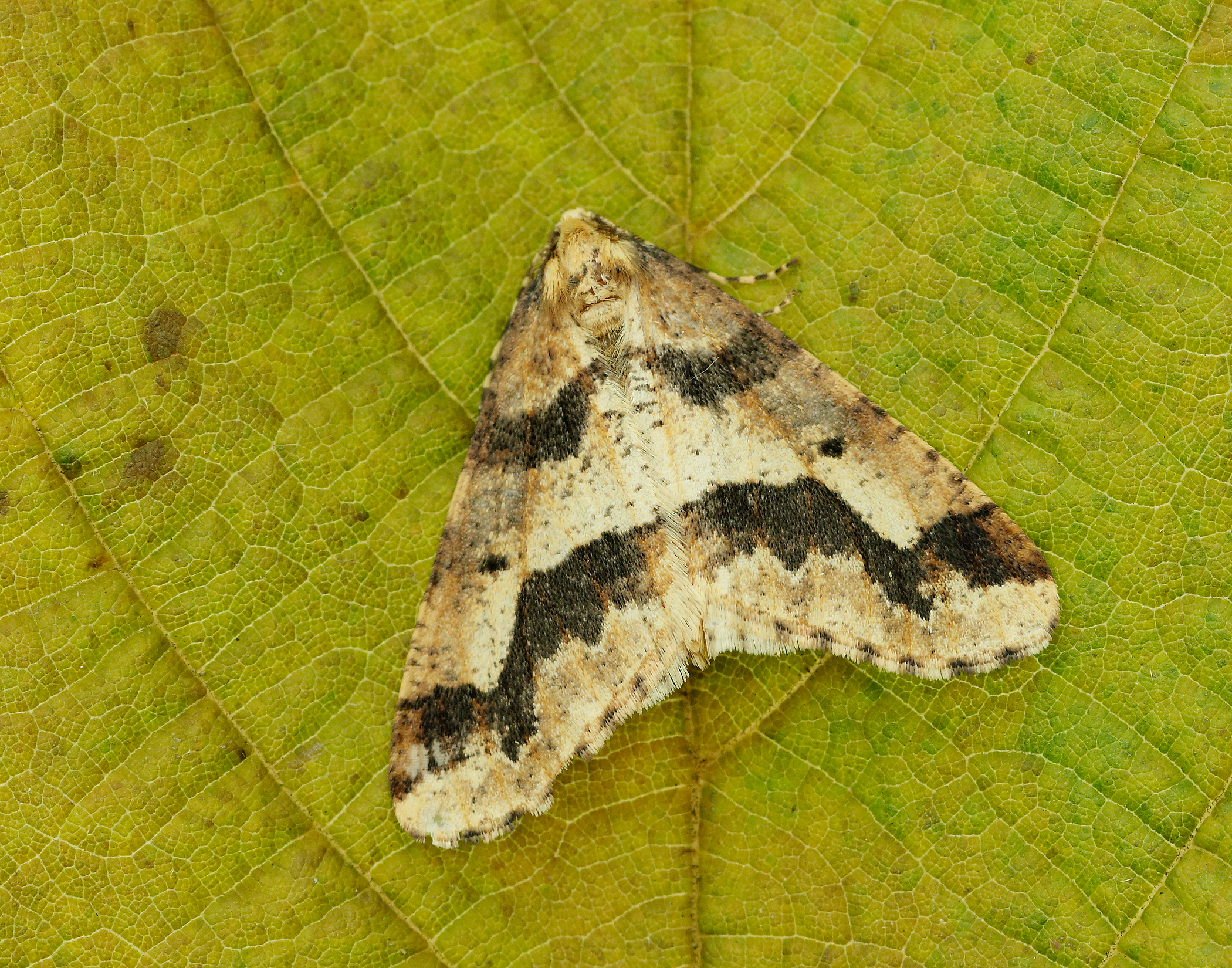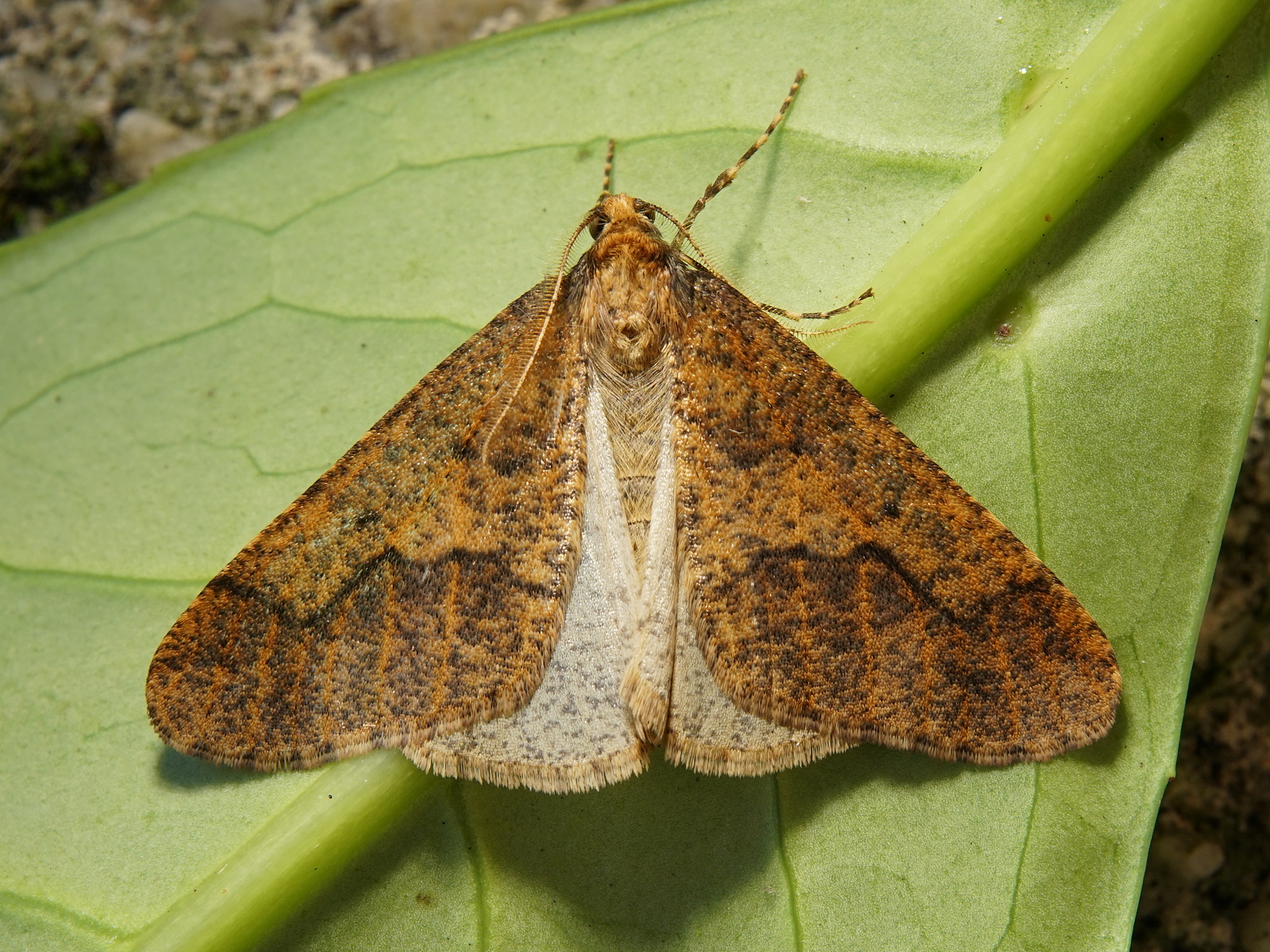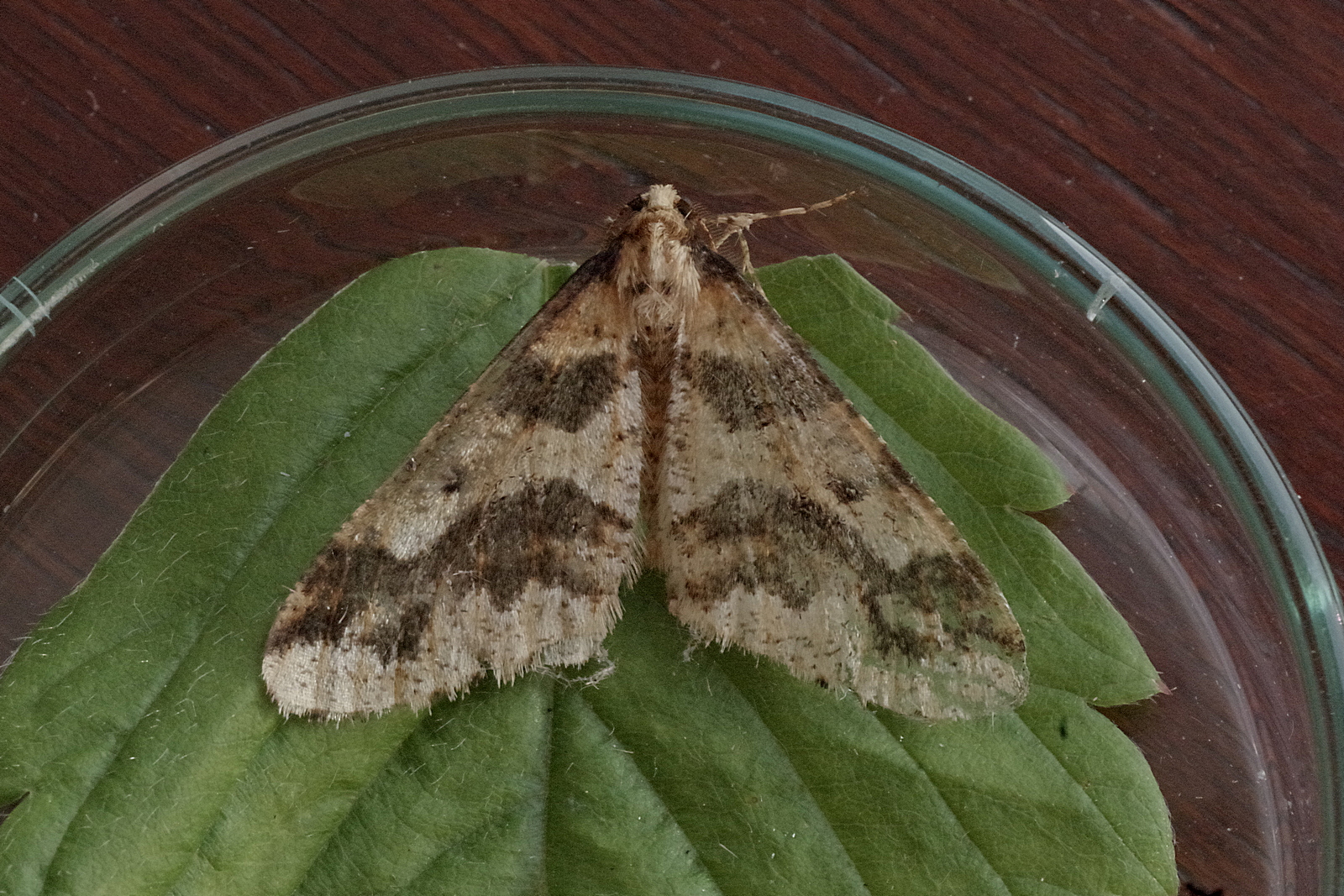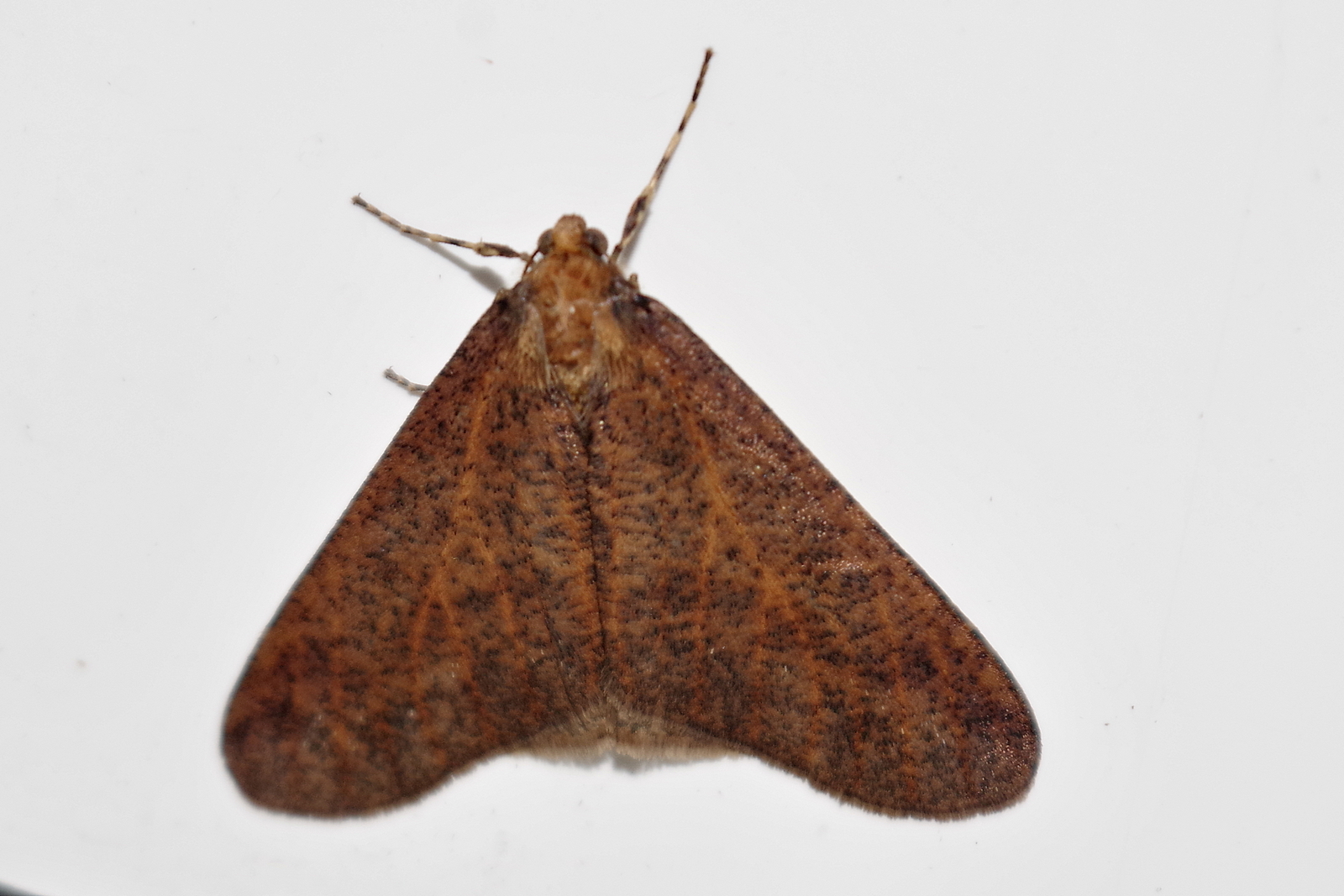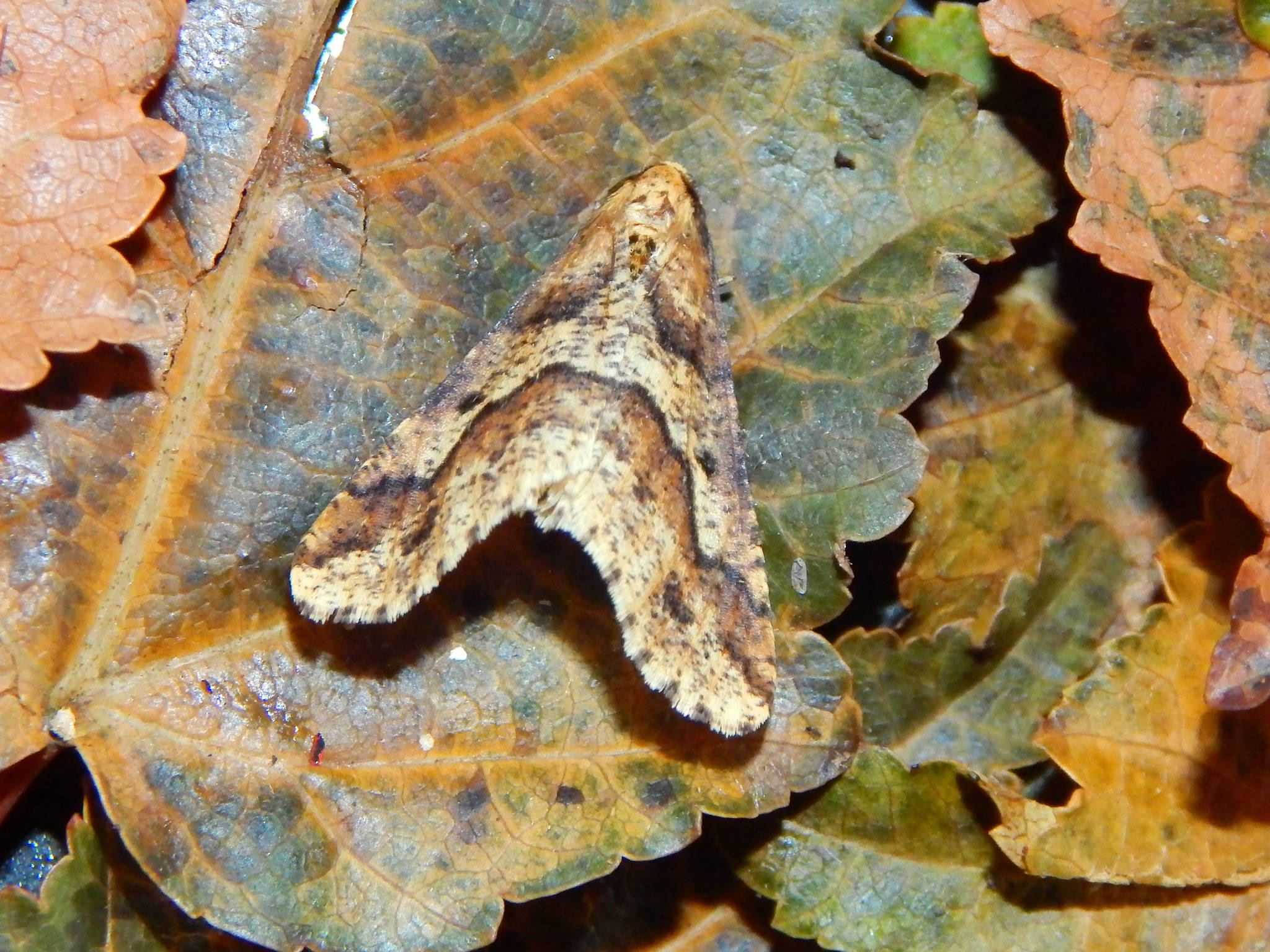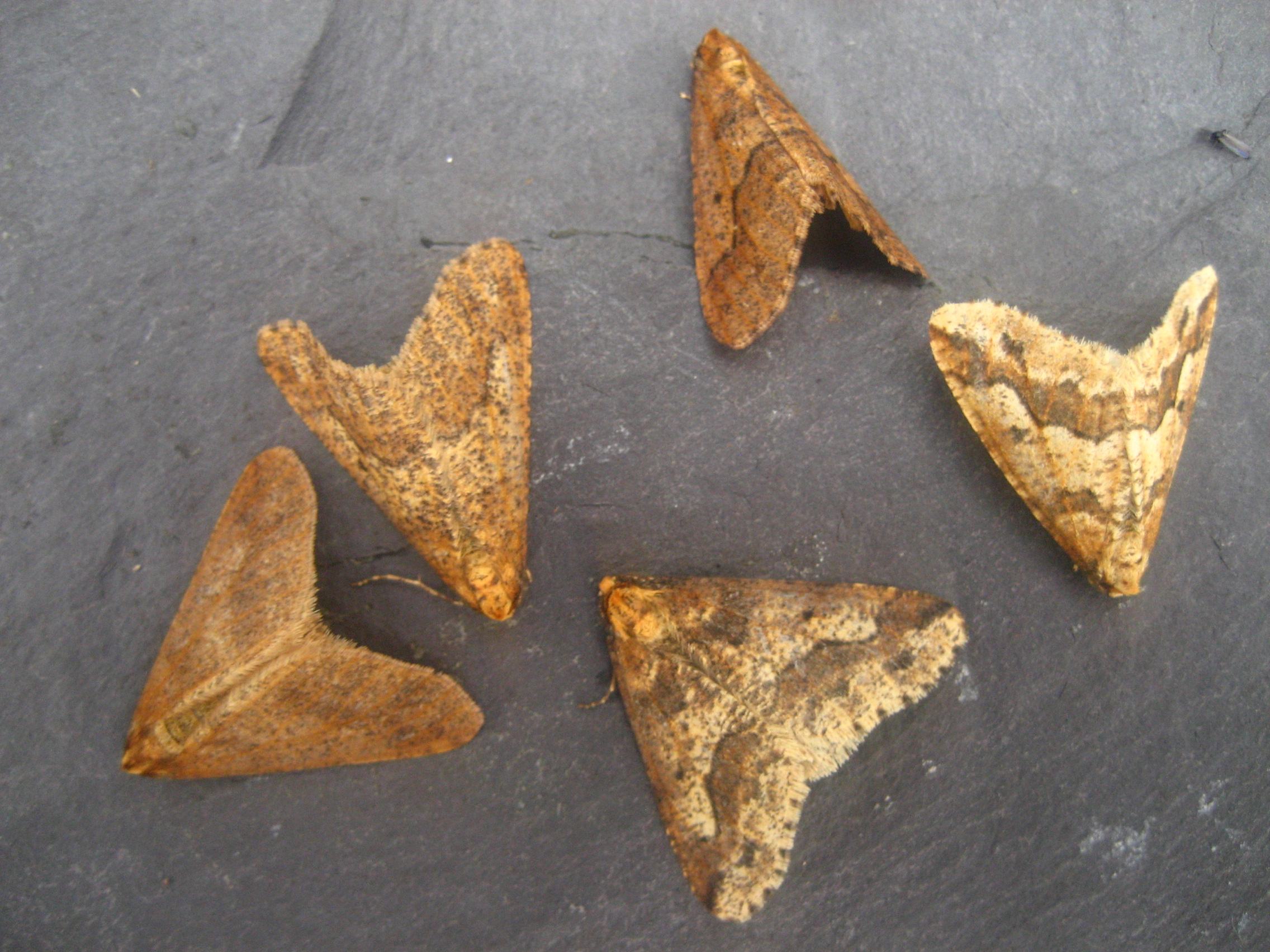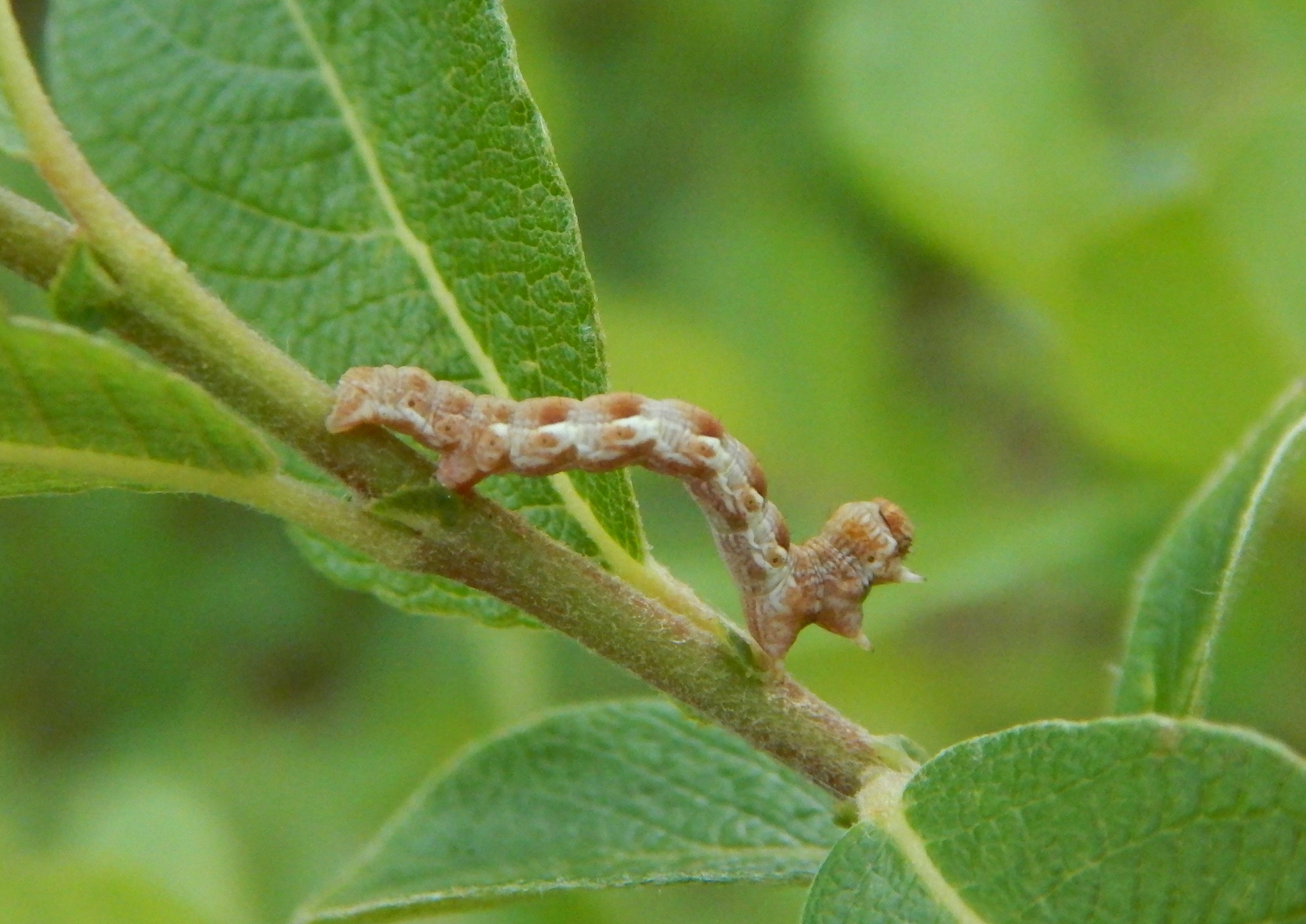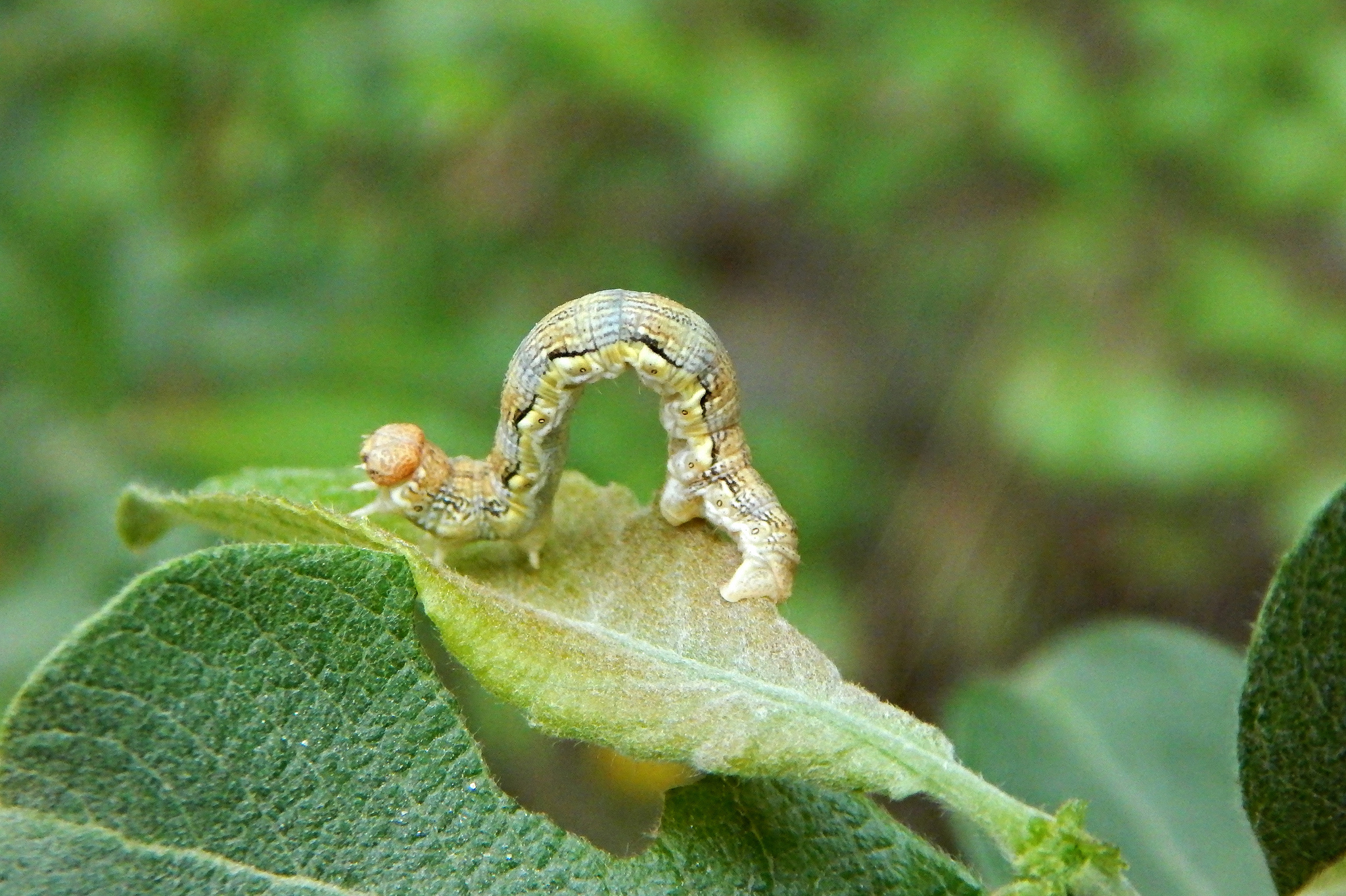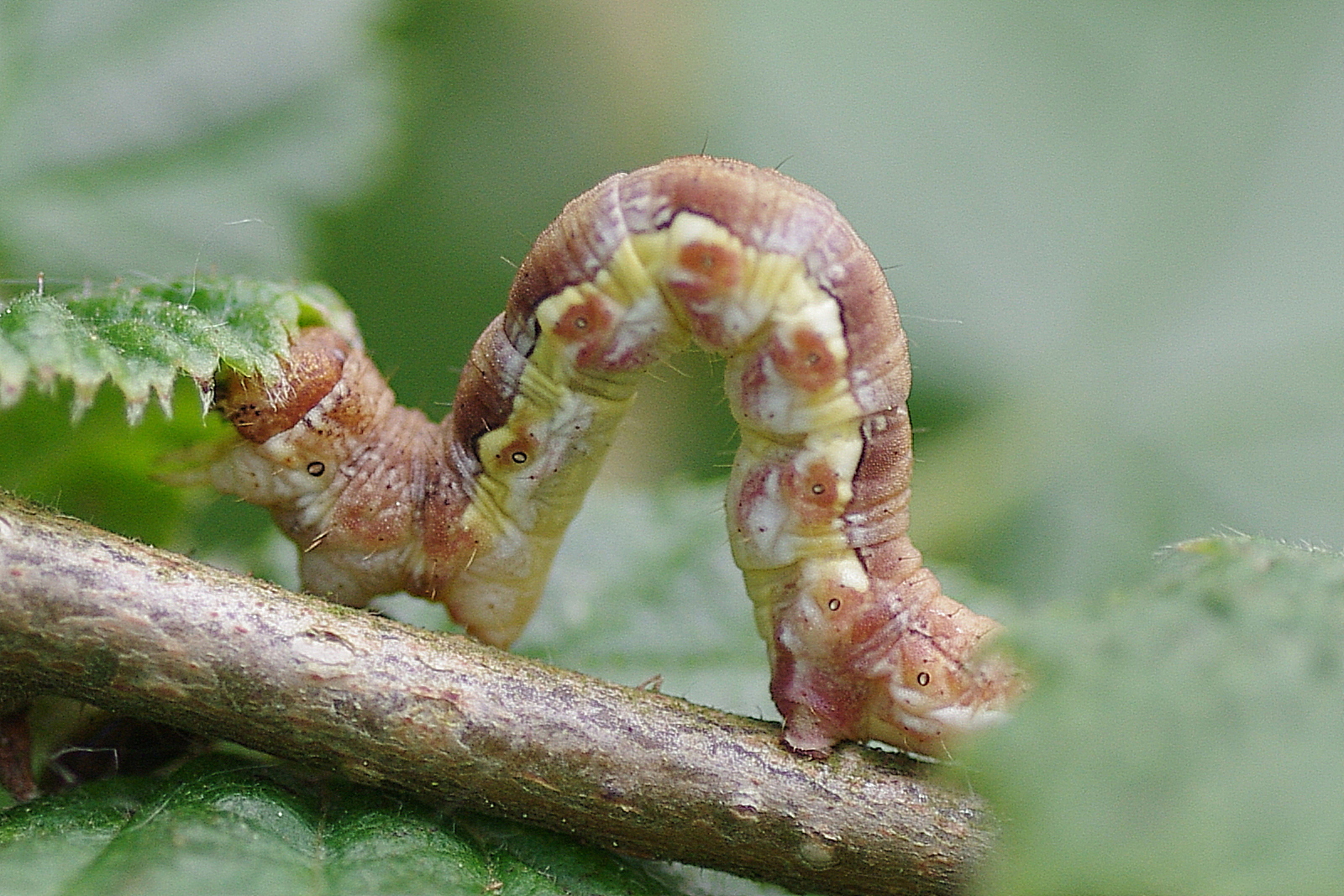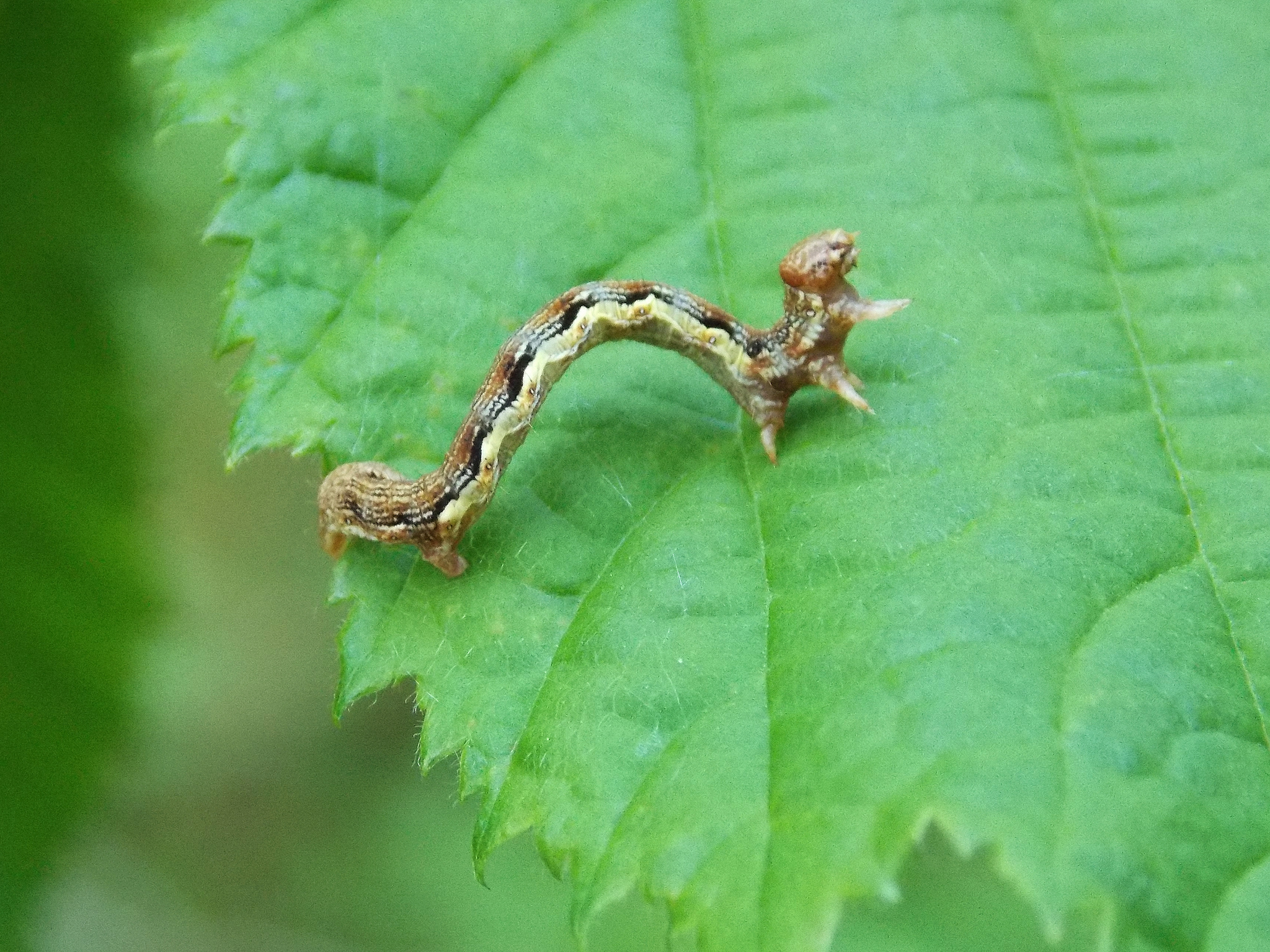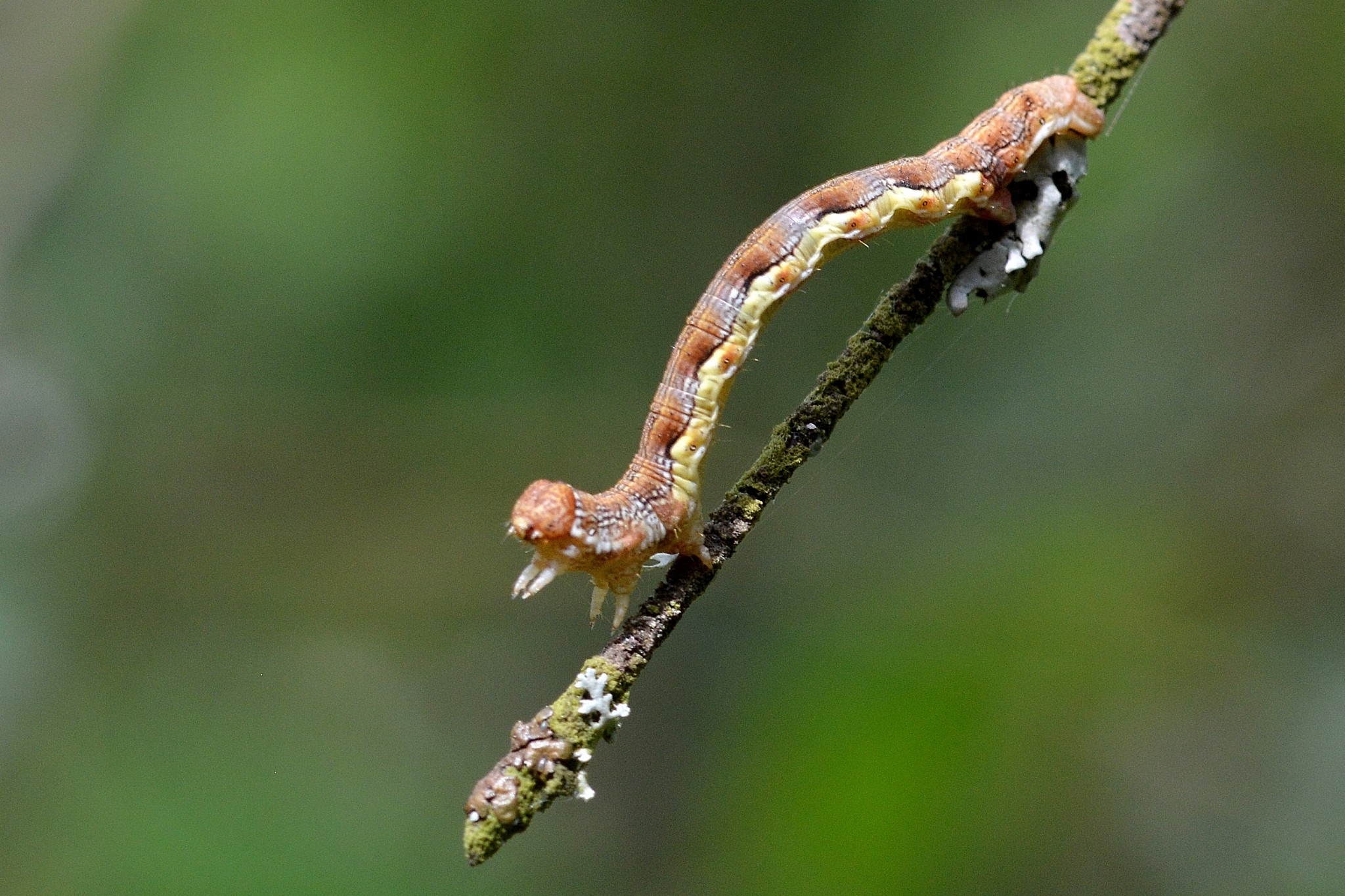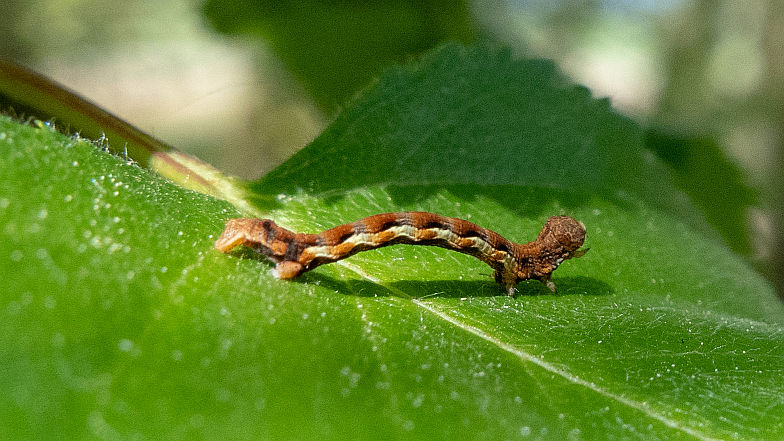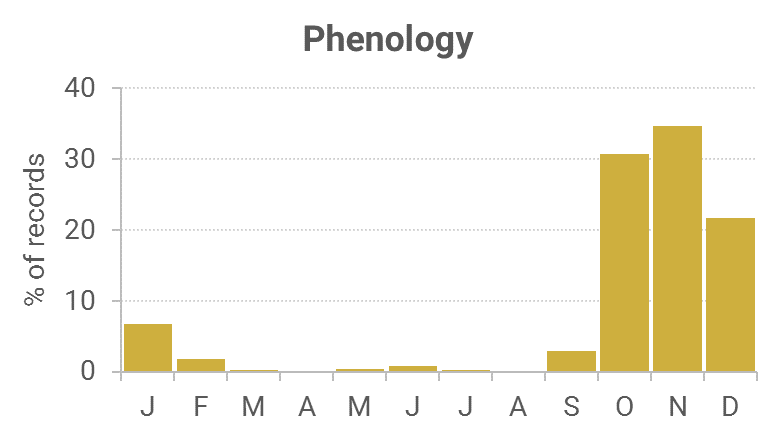Identification
The male is very variable in colour, but is separable from Dotted Border and Scarce Umber. The flightless female has rows of black dots down a yellowish-white abdomen. Please record the sex when sending in records.
Recording method
Adult females can be found on tree trunks, males come to light.
Life cycle
One generation. Overwinters as an egg on its foodplant.
Larvae are present early April to late June.
Larval foodplants
A wide variety of broadleaved trees and shrubs such as oaks, birches, hawthorns and Sycamore.
Habitat
Abundant in woodland, but occurs in gardens, moorland, heathland and hedgerows.
History
First recorded for Dumfries and Galloway in 1862 for VC73 at Kirkconnell by Lennon who stated that it ‘was not common’, in 1898 for VC74 at Corsemalzie by Gordon who found it ‘common on hedges and on tree trunks after dark’ and that it ‘came to light’ and in 1951 for VC72 at Tynron by Duncan.

